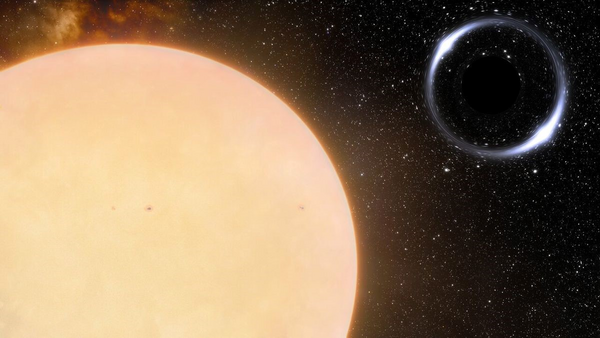
Binary Black Hole Formation: A Multimessenger, Multiband Puzzle
- Event Type
- Seminar/Symposium
- Sponsor
- Department of Astronomy
- Location
- 134 Astronomy Building
- Virtual
- Join online
- Date
- Dec 10, 2024 3:45 - 4:45 pm
- Speaker
- Professor Katelyn Breivik
- Contact
- Daniel Franco
- danielf9@illinois.edu
- Phone
- 217-300-6769
- Views
- 224
- Originating Calendar
- Astronomy Colloquium Speaker Calendar
Binary star populations play a pivotal role in nearly all subfields of astronomy and cosmology, yet the quantitative details of how they evolve are still poorly described. This is due both to a wide array of uncertain physical interaction processes like mass exchange and supernova explosions that can work in compounding ways and a lack of large data sets that contain binary populations across different evolutionary phases. In this talk, I’ll review how binary-star interactions shape stellar populations hosting black holes and introduce recent and upcoming gravitational wave and electromagnetic survey data releases that can be used to constrain models for binary evolution. I’ll finish with a discussion of the discovery of a new population of compact objects in binaries with stellar companions made by the Gaia satellite that offer a unique window into compact object formation.
